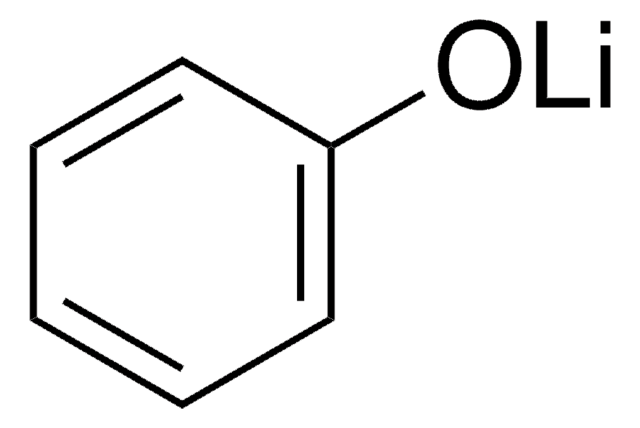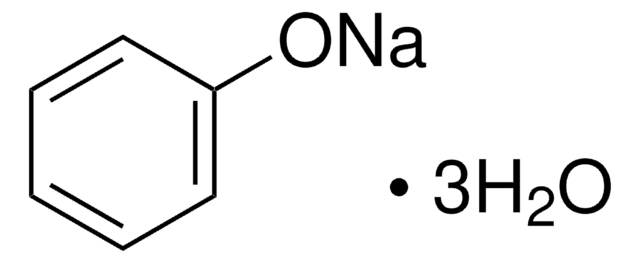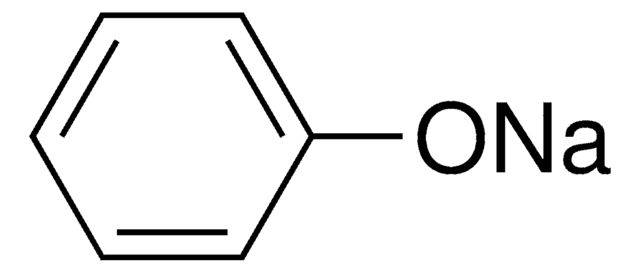470864
Brom
≥99.99% trace metals basis
Synonym(e):
Dibromine
About This Item
Empfohlene Produkte
Dampfdichte
7.14 (vs air)
Dampfdruck
175 mmHg ( 20 °C)
671 mmHg ( 55 °C)
Assay
≥99.5% (by Na2S2O3, titration)
≥99.99% trace metals basis
Widerstandsfähigkeit
7.8E18 μΩ-cm, 20°C
Verunreinigungen
≤0.001% I2
≤0.001% S compounds
<100 ppm total metallic impurities
Abdampfrückstand
≤0.005%
bp
58.8 °C (lit.)
mp (Schmelzpunkt)
−7.2 °C (lit.)
Dichte
3.119 g/mL at 25 °C (lit.)
Anionenspuren
chloride (Cl-): ≤0.05%
Kationenspuren
Ni: ≤5 ppm
heavy metals: ≤2 ppm
SMILES String
BrBr
InChI
1S/Br2/c1-2
InChIKey
GDTBXPJZTBHREO-UHFFFAOYSA-N
Suchen Sie nach ähnlichen Produkten? Aufrufen Leitfaden zum Produktvergleich
Verwandte Kategorien
Anwendung
It can be used:
- To brominate alkylbenzenes at the benzylic position using photocatalytic conditions.
- To prepare brominated aromatic compounds by electrophilic aromatic substitution reactions in the presence of Lewis acid catalysts.
- For the bromination of carbonyl compounds at a carbonyl group via Hell-Volhard-Zelinski reaction in the presence of phosphorus trihalides.
- To prepare isocyanates, carbamates, or amines by reacting with primary amides in the presence of base via Hofmann rearrangement.
Sonstige Hinweise
Signalwort
Danger
H-Sätze
Gefahreneinstufungen
Acute Tox. 1 Inhalation - Aquatic Acute 1 - Eye Dam. 1 - Skin Corr. 1A
Lagerklassenschlüssel
6.1B - Non-combustible acute toxic Cat. 1 and 2 / very toxic hazardous materials
WGK
WGK 2
Flammpunkt (°F)
Not applicable
Flammpunkt (°C)
Not applicable
Persönliche Schutzausrüstung
Faceshields, Gloves, Goggles
Analysenzertifikate (COA)
Suchen Sie nach Analysenzertifikate (COA), indem Sie die Lot-/Chargennummer des Produkts eingeben. Lot- und Chargennummern sind auf dem Produktetikett hinter den Wörtern ‘Lot’ oder ‘Batch’ (Lot oder Charge) zu finden.
Besitzen Sie dieses Produkt bereits?
In der Dokumentenbibliothek finden Sie die Dokumentation zu den Produkten, die Sie kürzlich erworben haben.
Unser Team von Wissenschaftlern verfügt über Erfahrung in allen Forschungsbereichen einschließlich Life Science, Materialwissenschaften, chemischer Synthese, Chromatographie, Analytik und vielen mehr..
Setzen Sie sich mit dem technischen Dienst in Verbindung.








